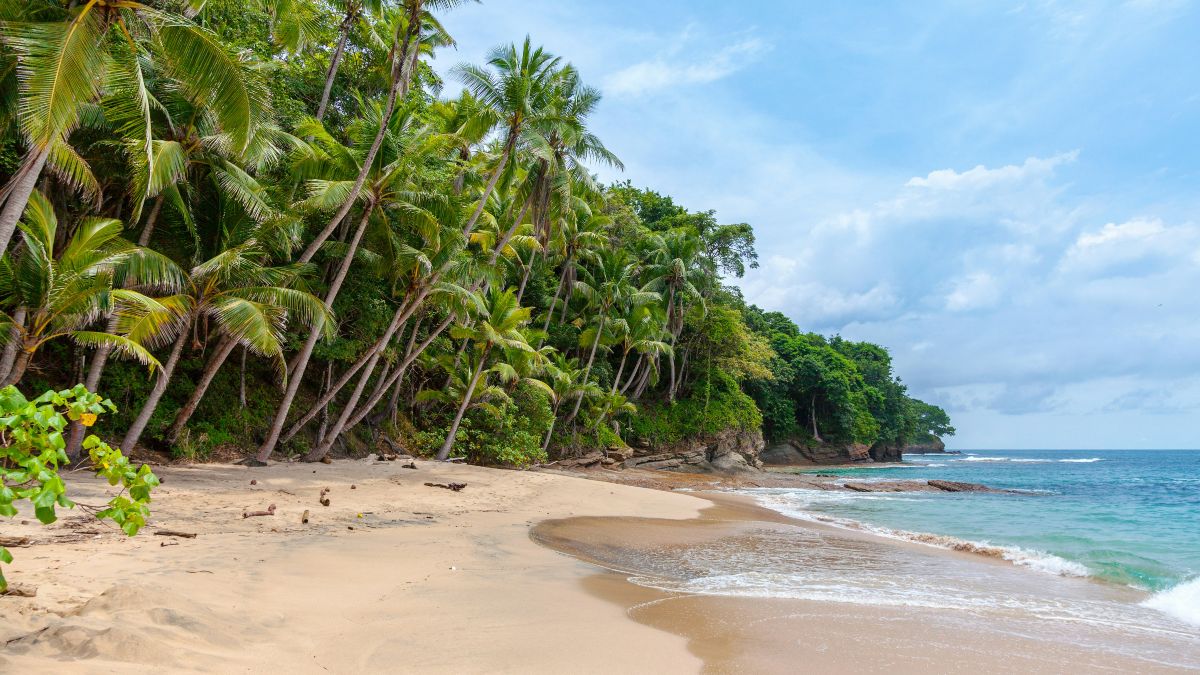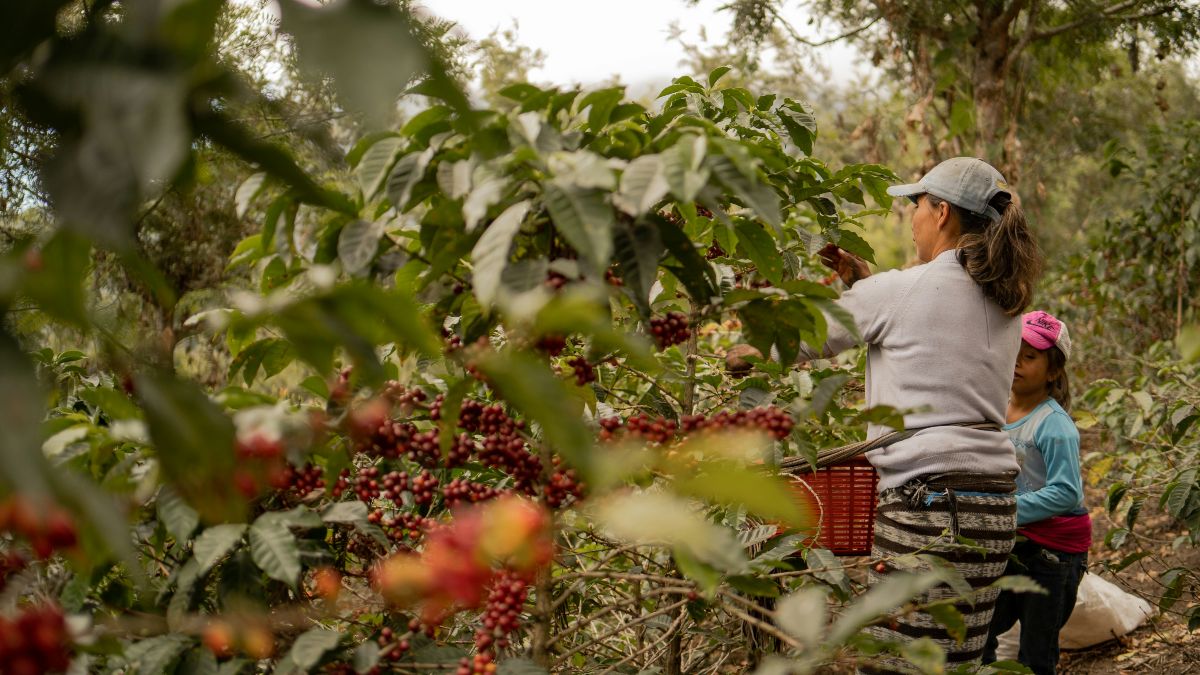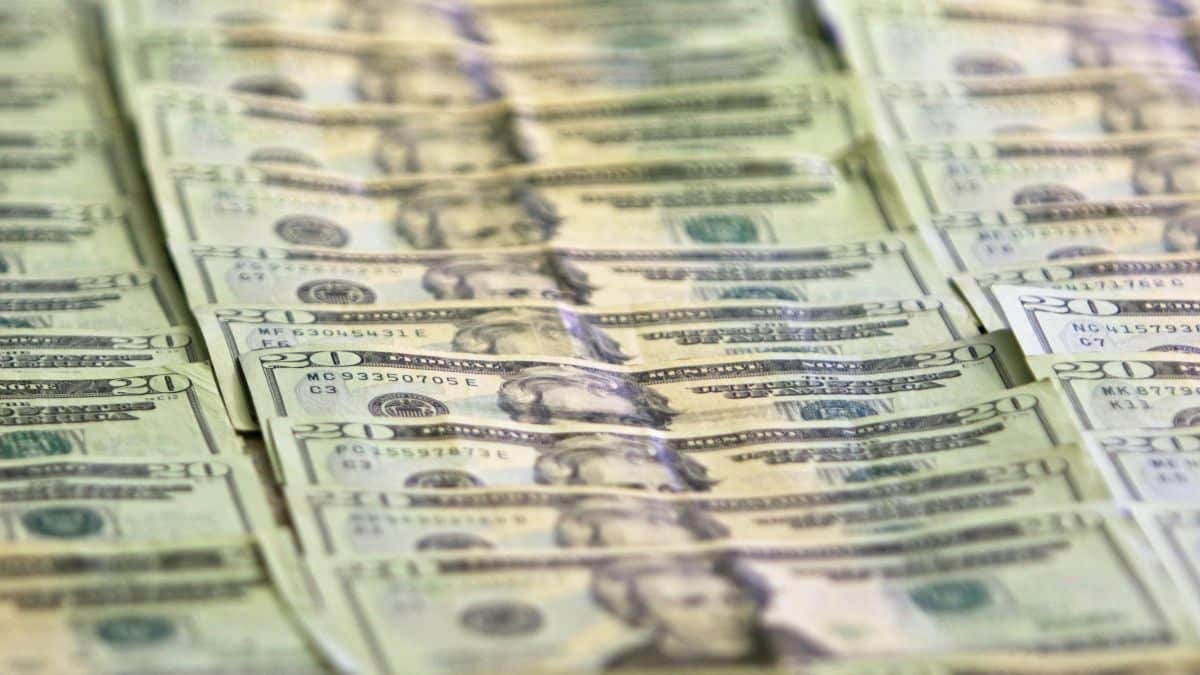How much will the Trump tariffs in Central America that were announced this afternoon be? A country-by-country glance with initial responses from the region.
U.S. President Donald Trump unveiled a sweeping tariff plan today from the White House Rose Garden, labeling it “Liberation Day” for trade (Democrats, for the record, label it “Taxation Day). Starting April 5, all goods entering the United States will face a 10% tariff, with additional “reciprocal tariffs” kicking in on April 9 for countries he claims impose high barriers on American exports. Central America’s seven nations are on the list, with tariffs ranging from 10% to 18%.
Tariffs are basically taxes on goods shipped to the States, like coffee, textiles, and fruit—key exports for Central American economies. Trump says they’ll force fairer trade by matching what he claims these countries charge U.S. products coming the other way, but they matter because they could raise prices for U.S. buyers, cut demand for regional exports, and squeeze local farmers and workers who rely on that market. With the U.S. as the region’s biggest trading partner, even small shifts hit hard. Here’s what we know so far about the region’s rates and the first reactions trickling in.
UJRGENTE: Donald Trump impone aranceles del 10% a Costa Rica, según la cuenta oficial de la Casa Blanca pic.twitter.com/oicTQLtv6v
— Delfino.CR (@delfinocrc) April 2, 2025
Central America’s Tariff Breakdown
From the tariff chart Trump presented today, here’s how Central America stacks up:
- Belize: 10%. A reciprocal 10% to what the U.S. says Belize charges.
- Costa Rica: 10%. Despite a reported 17% on U.S. imports, it’s held at 10%.
- El Salvador: 10%. Same story—10% across the board.
- Guatemala: 10%. The U.S. pegs Guatemala’s tariff on American goods at 10%.
- Honduras: 10%. Honduras matches Guatemala with a reported 10% on U.S. products.
- Nicaragua: 18%. The region’s highest, linked to an alleged 36% tariff on U.S. goods.
- Panama: 10% (not confirmed, but fits its free trade agreement status).
Most of the region faces the 10% baseline, with Nicaragua as the outlier at 18%. Canada and Mexico, meanwhile, dodged the reciprocal tariffs for now, though they’re still under other trade measures. It’s worth pointing out that Costa Rica seems to have gotten somewhat of a break here (if you can call it that). According to Trump’s tariff chart, it’s the only country in the region, apart from Nicaragua, that places a tariff above 10% on the United States.
Why These Tariffs?
Trump’s goal is to tackle what he calls “unfair trade practices,” pointing to tariffs, taxes, and other barriers he says hurt U.S. exporters. For Central America, the reciprocal rates—often about half of what the U.S. claims these countries charge—are meant to push for balanced trade. Nicaragua’s 18% suggests specific friction, possibly tied to taxes or restrictions, while the 10% baseline applies broadly. The region’s exports—like coffee, textiles, and fruit—are vital locally but a small slice of U.S. imports overall.
Early Reactions in the Region
It’s only been a few hours since Trump’s afternoon announcement, so official statements from leaders are still pending. But voices are starting to emerge on social media. In Guatemala, a coffee exporter tweeted that “Trump’s 10% tariff is going to mess with our coffee shipments. U.S. buyers won’t like this.” It’s a sign exporters are already worried. Meanwhile, a Nicaraguan account got geopolitical: “18% from Trump? Ortega’s gonna love blaming the Yanquis for this.”
Costa Rican presidential candidate Juan Carlos Hidalgo took a more nuanced view this afternoon, basically say that Costa Rica needs to get its act together to modernize and diversify its markets going forward in order to rely less on trade with the United States (some 47% of Costa Rican agricultural products go to the USA).
“Costa Rica is a small, open economy relies on international trade as one of its main drivers of development. We need to continue making progress in diversifying our external sector: more markets, more products, and more companies participating in international trade. Only in this way can we reduce our vulnerability and ensure that trade remains a source of growth, employment, and well-being for all Costa Ricans,” he tweeted.
Se hace realidad la amenaza del Presidente Trump. Por eso, debemos acelerar los cambios necesarios para fortalecer la capacidad de proteger a los trabajadores costarricenses diversficando mercados, eliminando trabas y modernizando nuestra infraestructura.
La reciente decisión de… pic.twitter.com/d5qrQzLIS2
— Juan Carlos Hidalgo (@jchidalgo) April 2, 2025
Looking Ahead
The tariffs hit April 5 for the 10% baseline and April 9 for the reciprocal rates. With CAFTA-DR tying most of the region to U.S. trade, the impact could ripple through farms, factories, and markets here. Regional bodies like SICA might step in to coordinate a response, but for now, it’s wait-and-see.



